The problem that consistently arises when companies run into push-back from consumers is two-fold: the lack of awareness that caused the problem in the first place, and the lack of proper response that follows when they’re called out. According to YouTube sewing instructor and studio owner Vanessa Vargas Wilson, “Not quickly acknowledging the feelings and concerns of the offended makes things really bad very quickly and starts things going viral.”
Gaffes from the Craft Industry
The recent PR nightmares created by corporations like Pepsi, Hobby Lobby, and United Airlines, to name a few, have their counterparts in our industry as well. Here are a few recent examples:
- Simplicity featured a retro sewing pattern on their social media feeds in January to seize on the popularity of the film Hidden Figures, which centered on the unsung contributions of the female African-American “computers” performing calculations for NASA in the 1960s. The model on the image Simplicity shared was white. When Simplicity was asked about the choice, they pulled the photo without comment and issued an apology several days later after continued pressure.
- Free Spirit and Tula Pink have recently been a source of some controversy for printing “Spirit Animal”, a fabric line that was culturally appropriative of Native American cultures. Pink eventually pulled one of the focus fabrics for the line; the print featured a woman in a headdress. She issued a long statement about the decision, saying, “I do not wish to spend the next year defending my family tree.” The statement did not include an apology.
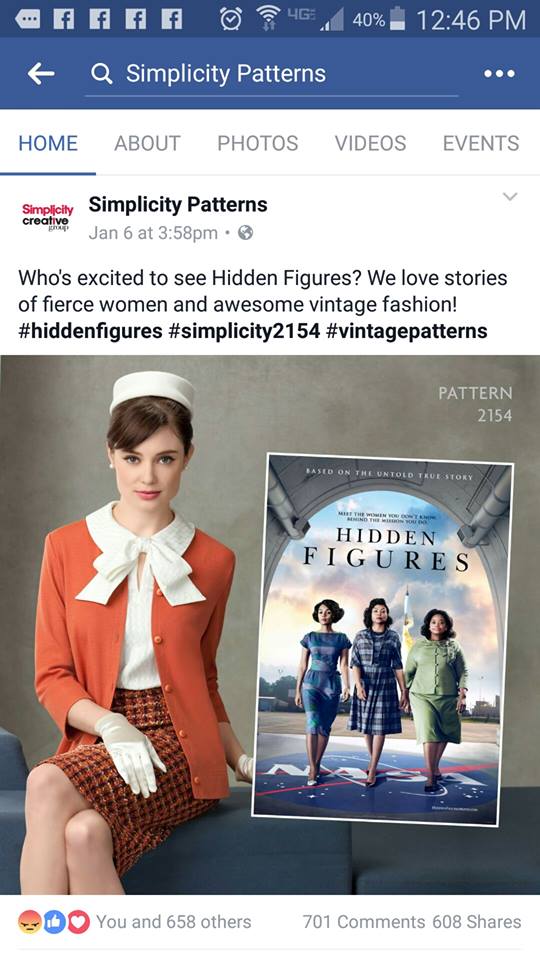
- Sociologist and scrapbooker Stephanie Medley-Rath has written about the prevalence of cultural appropriation and racism in scrapbooking products. Critiquing a line from Basic Grey (which no longer produces scrapbooking materials) called “Konnichiwa”, Medley-Rath expresses her displeasure: “[It] reduces Japanese people and Japanese culture to cute imagery that can be used as decor on your scrapbook page and other paper crafts.”
- Art Gallery Fabrics released a print several years ago by Dana Willard titled “Fiesta Fun.” Prints included fabrics inspired by Mexican embroidery, but the lookbook itself was sprinkled with papel picado banners, Frida-Kahlo-style floral crowns, faux cacti, and a collection of models that were 100% blonde. It opens with a little interview with Willard where she exclaims how much she loves “Mexican culture, food, and festivities,” having grown up in Southern California and visited several times. I could find no statement by Art Gallery or by Willard in regard to criticism of the line.
- In March, Accuquilt also stirred up some controversy with its “So God Made a Quilter” ad campaign. Based on the classic Paul Harvey “So God Made a Farmer” piece, the ad faced criticism for pigeonholing quilters as only older women and what some felt was an unnecessary invocation of religion. The video is no longer available on YouTube, but the company never made a statement.
Simplicity, Free Spirit, and Art Gallery Fabrics could not be reached for comment for this article. A couple of the questions I posed should have been easy to answer: What wisdom have you gained from this experience? What do you think you’d do differently next time? In the end, all of these corporations could have handled their mistakes more gracefully—including, for starters, admitting that they occurred.
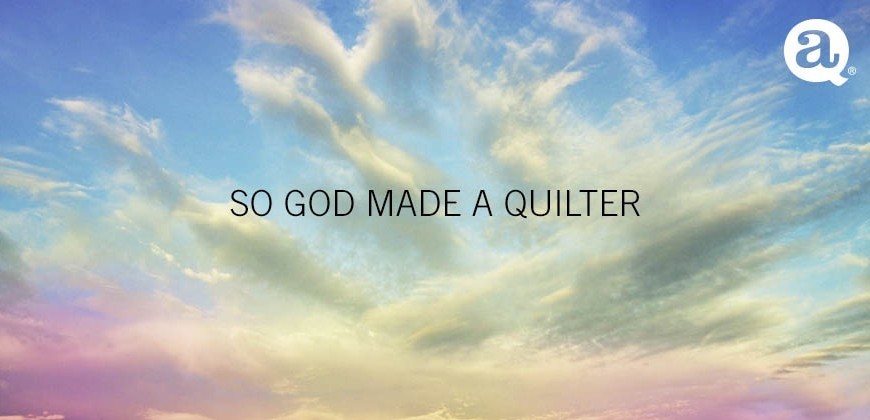
Mistakes Are Learning Opportunities
Vanessa Vargas Wilson sees opportunity where others might just knock their heads against the wall. She and her husband Brandon Wilson have recently founded Sewcial Repair LLC, a business for companies in the industry who might find themselves in the position of those above. “We offer social media consulting services to companies when they need to respond to gaffes or offensive social media posts, insensitive advertising, or accusations of cultural appropriation,” Vargas Wilson explains. “We want to help these negative experiences be learning experiences… [and] opportunities to better connect and reconnect with their overall audiences.”
The Wilsons share unique experiences and perspectives to offer businesses in the craft industry. With previous careers in the social sciences, as well as immigrant and minority backgrounds, “we are very sensitive to diversity issues and want to help folks from all spectrums understand and appreciate each other better.”
Understanding and appreciation are key themes here, and the lack of them seems to come up again and again. How can we promote them in the ways we respond to criticism? What are some best practices to adopt?
1. Stop and listen
Jemellia Hilfiger, an Oklahoma quilt shop owner, feels exasperated by the lack of good faith efforts to make amends in many of these instances. “We can extend grace to people who make mistakes,” she says, “as long as they are willing to listen to marginalized groups instead of being so defensive. But how are we supposed to give them the time of day when they don’t listen?”
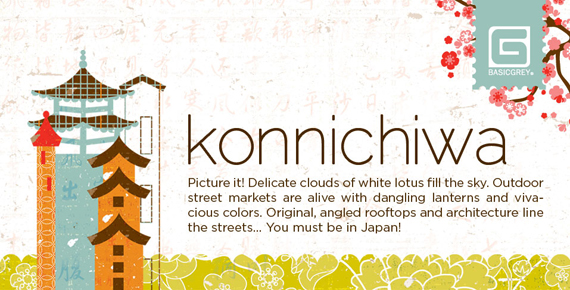
For more ideas on how to handle online criticism, check out the resource infographic How to Respond to Customer Feedback Online.
2. You made a mistake; own it
An open and honest apology will go further than any other action in diffusing a potentially incendiary situation. Avoid phrases that deflect responsibility or accountability, such as “We apologize that you were offended”; they don’t fool anyone and can potentially fuel the fire. “Accountability and empathy go a long way in 2017 and they can make a bad situation a lot more palatable rather quickly,” says Vargas Wilson. “Even if the company truly feels that they aren’t wrong, and in some cases technically may be right, it’s crucial to let folks know they are heard and make them feel that you are at least trying to understand where they are coming from.”
3. Seek guidance
It’s reassuring to know that businesses like Sewcial Repair LLC exist to help with sticky situations. But if your mistake is still fresh and just starting to bubble up, the next step after issuing an apology is asking how you can make it better. Ask questions and encourage dialogue. What should you have done differently? How can you make it right now that the damage has been done?
An Ounce of Prevention
Craft industry members spend so much time focused on process—the materials we use, the time that creating handmade items takes, the knowledge of the traditions that surround our craft. Scottish knitting designer Kate Davies describes the thoughts that travel through her mind as she examines a mass-produced “Icelandic Fair Isle” sweater on a retail website:
“This sweater is knitted up in Irish yarn, produced in a non-specified EU location, and is marketed here in reference to two distinct regional textile ‘traditions’ associated with different kinds of wool, sheep breed, and terroir, neither of which are those of Kilcarra (Donegal) tweed. To my eyes, this raglan garment with its large colorwork motifs is neither ‘Icelandic,’ nor is it ‘Fair Isle.’… I feel in my gut that the fuzzy descriptors that are being used to sell it imply a certain amount of disrespect to the specificity of particular regional practices of textile production, knitting and design.”
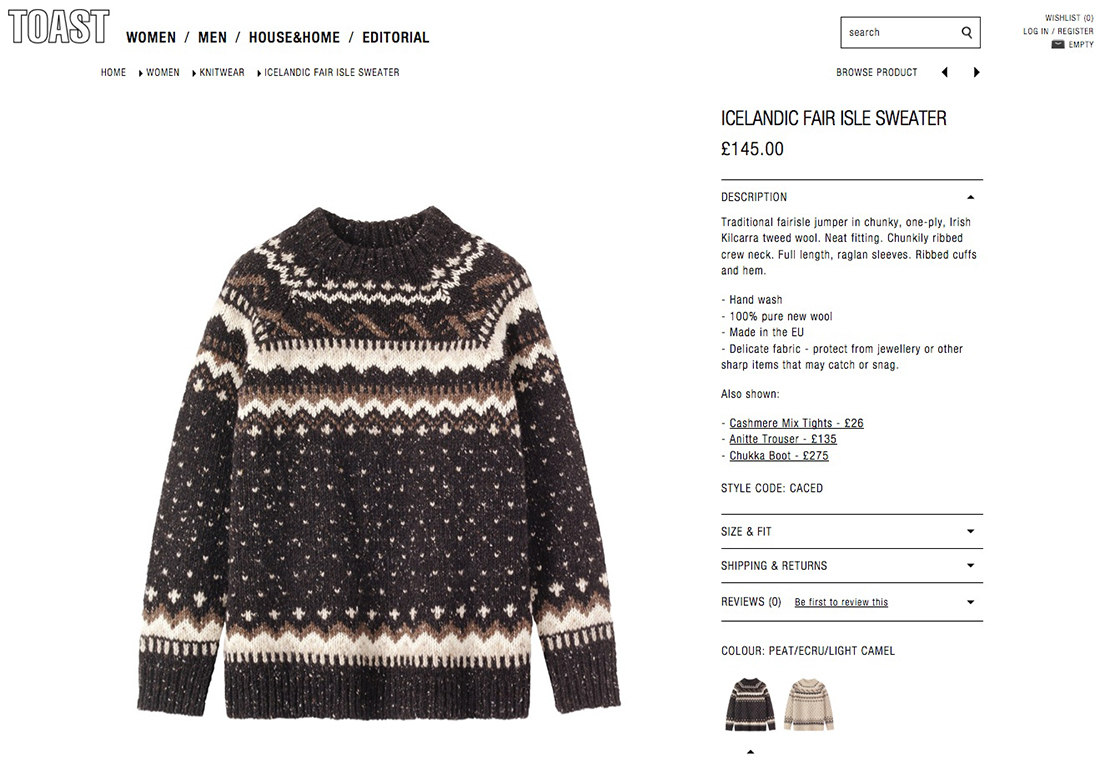
Being proactive and truly understanding your audience, your message, and your medium is the primary way to prevent these gaffes from occurring in the first place. Who are the people who use your products? The crafting demographic is more diverse, and, as these companies have hopefully learned, it’s no longer possible, ethical, or good business practice to pretend otherwise.
Taking the time to learn how social media works and exactly how quickly your message could go viral is also important. If that’s not your strength, invest in hiring a marketing expert who can post thoughtfully and respond quickly to comments can keep a rushed, offhand post from becoming a social liability in the first place.
One company doing it right is Colette Patterns. Founder Sarai Mitnick has prioritized showing a wide diversity of models in the marketing materials for her patterns: women and men of all shapes and sizes, of all skin colors and ages and ethnicities. “A more inclusive range of people represented shows that beauty comes in a variety of bodies and can help women open up to the idea that they can feel great just as they are,” Mitnick explains. “I feel that any movement toward greater diversity in the images a company uses is a positive step! Businesses can take small steps over time to bring more diversity into the images they use and the models they hire.”
Vargas Wilson would like to see more businesses taking a pro-active approach to diversity, but she recognizes that it’s an uphill struggle for a variety of reasons. “[Companies] failing to recognize the evolution of their customer bases and audiences, as well as a lack of diversity in the marketing and advertising industry in general, combine to cause these gaffes,” she says. “Taking that extra second to think about how your campaign will be received by folks not specifically like you is hard, but necessary in these times. If you don’t, you’ll open up a can of worms that quickly turns to a hornets’ nest.”

Lauren Lang
contributor
Lauren is a freelance editor, writer and recovering college English instructor living in Boulder, Colorado. Her business, Wordcraft, provides copyediting and writing services to the handmade industry. When she’s not saving the world one comma splice at a time, Lauren also blogs about quilting and sewing at Right Sides Together.

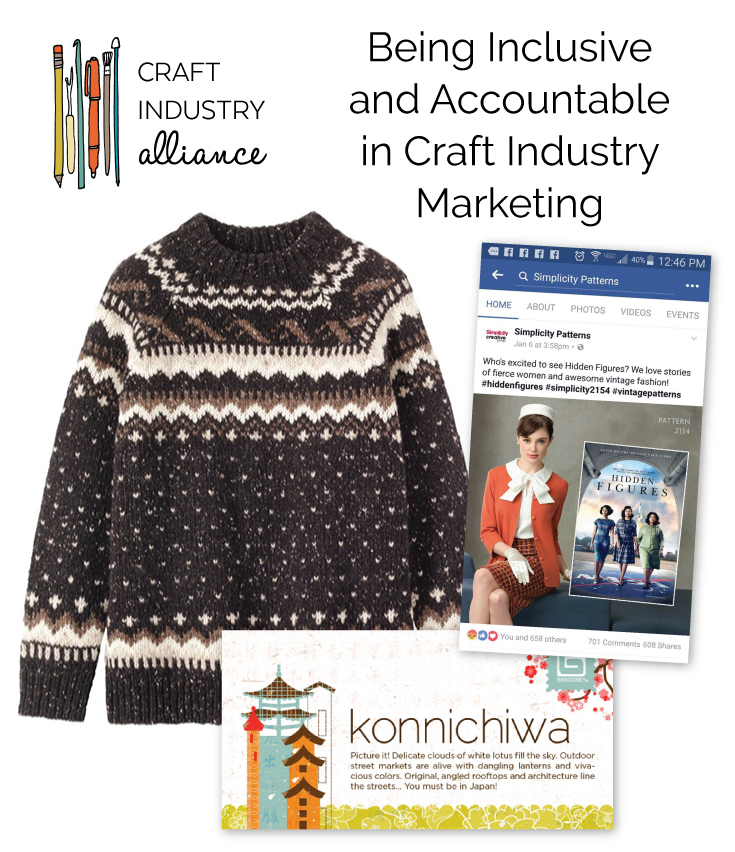
Fiesta Fun was released this year, not a few years ago. Not being nit-picky – I think it is relevant to know when it was released in comparison to some of these other incidents. http://www.madeeveryday.com/2017/03/introducing-fiesta-fun.html/
Lauren, thank you for writing this article. It’s more than necessary and I’m sure it will be helpful to others. I feel like step 2 is the most important.
Another glaring example is the current Quilt Industry Survey. Organizations like The Modern Quilt Guild support it. It has several questions that clearly assume quilters are all older women. And I guess they assume we are all white because there’s no ethnic demographic question. Sigh…….
I saw this survey too, as well as some FB discussions about it. So many things wrong with it. I hope they get more people to review it next time before they send it out.
This entire article just amazes. Have we become so SUPER sensitive that no one ever at any time in any manner can reference or mention or depict a culture other than their own? All the attacks on so many companies by people just looking to be offended drive me nuts. There is nothing wrong with making the statement “I am sorry you were offended” to someone who took unintended offense to something that was said, printed, or publicized. People just need to learn to be adults and move on. Life is too short to be so offended by every thing.